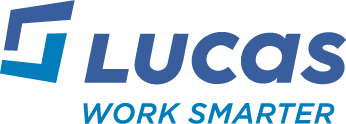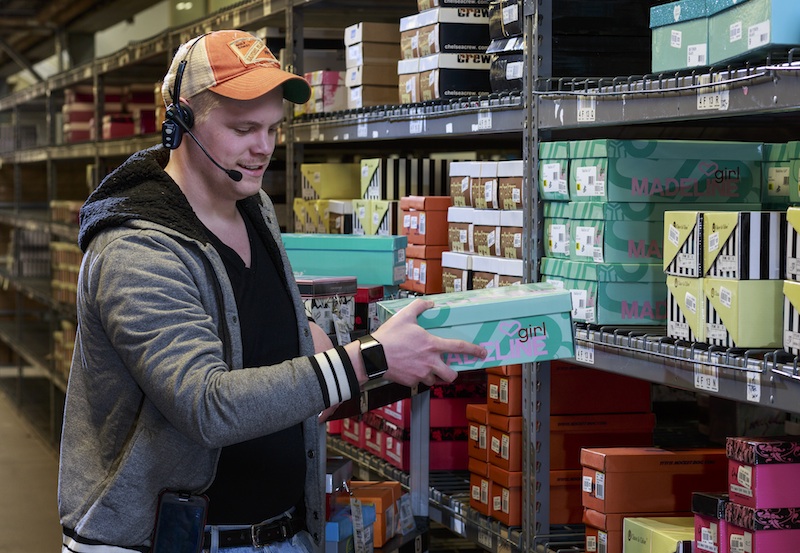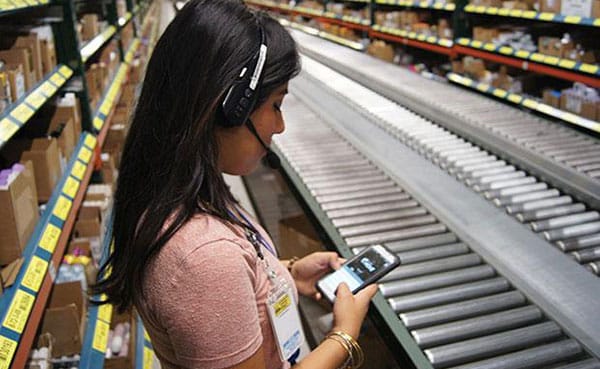(Not-So) BREAKING NEWS: Today’s supply chain and logistics industry is changing rapidly and it’s only going to continue. The current market demands products to be picked, packed, and shipped more efficiently and accurately than ever before and distribution centers cannot afford to miss a beat. How should DCs respond to this challenge? How can warehouse’s and DC’s boost order picking productivity rates?

Smarter Processes
Some solution providers think that technology alone can act as a magical elixir in driving operational improvements and savings. For example, some people believe that voice-enabling your old WMS-driven process will change everything. In reality, technology is part of the solution, but only when it is applied to the right process. At Lucas, we understand that designing the right process comes before technology.
This understanding is why we take the time in conducting an analysis to discover hidden process improvements that save time, reduce errors, and eliminate waste. If you first create a more effective process that is more closely aligned to your operational needs, you may be able to save time, reduce paper, and eliminate errors without any new technology at all. That’s the essence of working smarter: making your existing resources go further.
Smarter Batching
Looking beyond process design, it’s also worth considering ways to eke out savings by being smarter about how you are organizing the individual units of work used in the process. For example, typical WMS systems use simple rules to create batches of work, grouping together the first X orders in the work queue (by priority, shipping time, or order receipt time). The problem is that those simplistic rules don’t take into account the costs for picking different batches, based on travel and other factors. But what if you took the time to figure out which orders should be grouped together to reduce the total travel distance required to pick the batch, without adversely impacting shipping times?
That’s precisely what we do through Dynamic Work Optimization (DWO), our advanced modeling tool within Lucas Engage. Dynamic Work Optimization considers order priority, product locations, potential travel path, and other factors to create batches of orders with highest pick density and least possible travel. Dynamic Work Optimization can reduce travel time for picking and other warehouse processes by up to 70%.
Spend less time travelling without changing your order picking process, warehouse layout, or product slotting? Also smart.
Smarter Applications
Technology can solve many problems, but only if you are using the right technology for the right job – if you only have a hammer, every problem looks like a nail. Don’t make the same mistake in the DC. While speech recognition is great for confirming location checkstrings and quantities, barcode scanning can be a lot easier, faster and more accurate for capturing long serial numbers. Fortunately, you no longer have to settle for voice-only or scan-only systems when searching for the most ergonomic and efficient method of picking. Why not have applications that offer the seamless use of all input solutions? That’s smart.
Lucas Move mobile applications are designed to do just that; combining audio, visual, touchscreen and RF scanning input. These multi-modal applications enable process and workflow innovations that drive higher levels of accuracy, productivity, and adaptability. These smarter applications also allow DCs to leverage RFID, NFC (near-field communication), and other technological innovations as they continue to grow and find functional homes inside the warehouse.
Smarter Devices
Finally, what about the mobile devices employees use to do their jobs? You wouldn’t spend more for a new car that didn’t have air conditioning and air bags, but many DCs are spending thousands of dollars more for less capable mobile computers? At Lucas, we think differently about warehouse devices and the functional considerations to take into account when selecting the right mobile device for your operations.

At the end of the day, success in distribution or any business depends on working smarter and getting the most from existing resources – people, equipment, and technology.





